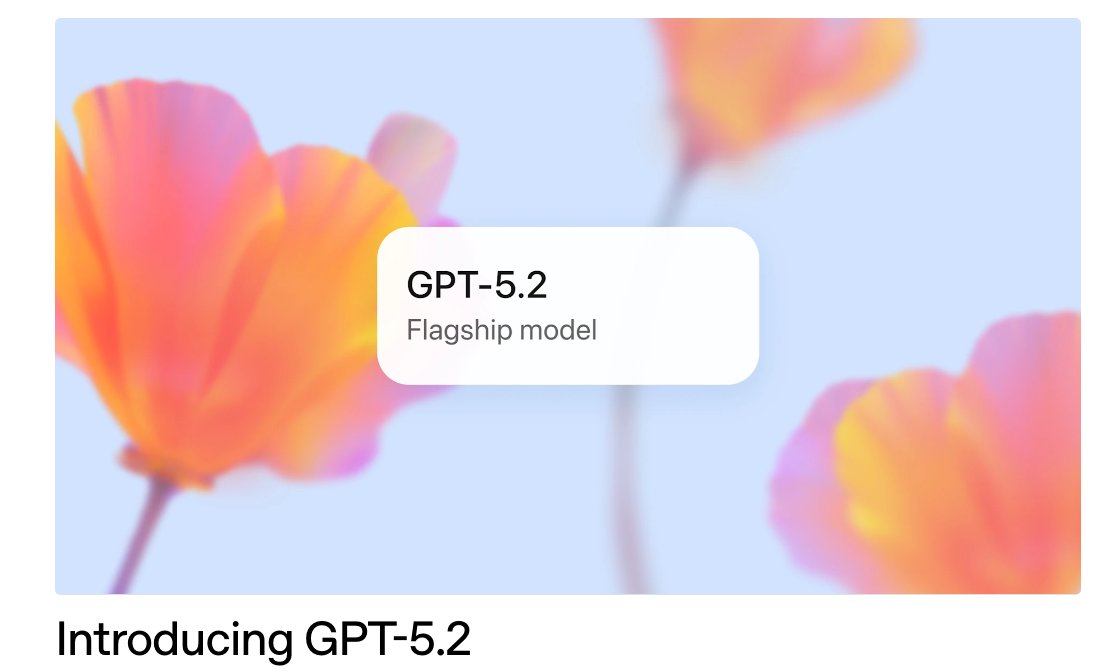NEWS
OpenAI has introduced a new family of models—GPT-4.1, GPT-4.1 mini, and GPT-4.1 nano—with a clear focus on revolutionizing how developers work with code. These models feature a massive 1-million-token context window, optimized performance on programming benchmarks, and tiered pricing through OpenAI’s API.
🔍 Key Points
OpenAI has likely released a new family of AI models called GPT-4.1, focused on coding.
These models—GPT-4.1, GPT-4.1 mini, and GPT-4.1 nano—excel at programming tasks, featuring a 1-million-token context window.
They are accessible via OpenAI’s API (not ChatGPT), with nano pricing starting at $0.10 per million tokens.
Research shows competitive performance on coding benchmarks—though accuracy drops with very large inputs.
🚀 Introduction
OpenAI’s GPT-4.1 release marks a significant advancement in AI-powered development tools. Designed to assist with coding, these models open new possibilities for developers by offering expansive context handling and high coding accuracy. In this post, we break down what GPT-4.1 is, what makes it unique, and why it matters.
🧠 What is GPT-4.1?
The GPT-4.1 family includes three variants:
GPT-4.1
GPT-4.1 mini
GPT-4.1 nano
These models are not available in ChatGPT, but instead are offered exclusively via OpenAI’s API, signaling a shift toward more professional, developer-focused tools.
⚙️ Key Features and Performance
The standout feature is a 1-million-token context window (~750,000 words), enabling massive data ingestion for long-form coding tasks. Performance on key benchmarks includes:
SWE-bench: 52%–54.6% verified solutions
Video-MME benchmark: 72% accuracy in "long, no subtitles" video comprehension
Despite strengths, performance dips on massive inputs:
Accuracy drops from 84% at 8K tokens to 50% at 1M on the OpenAI-MRCR benchmark.
💲 Availability and Pricing
GPT-4.1 is accessible only via API with the following pricing per million tokens:
Model | Input ($) | Output ($) |
|---|---|---|
GPT-4.1 | 2 | 8 |
GPT-4.1 mini | 0.40 | 1.60 |
GPT-4.1 nano | 0.10 | 0.40 |
This flexible structure supports varied needs—from lightweight tasks to enterprise-scale applications.
🔍 Detailed Analysis
🗓️ Overview and Context
On April 14, 2025, OpenAI rolled out GPT-4.1 as part of a strategic pivot away from the GPT-4 models in ChatGPT (source). According to TechCrunch, this update is tailored to software engineering and large-context use cases.
🧩 Model Variants and Use Cases
All three models are multimodal, accepting text, image, and audio inputs. They’re optimized for:
Frontend coding tasks
Tool usage and format adherence
End-to-end software workflows (including QA, bug testing, and documentation)
OpenAI’s ambition? Build an agentic software engineer capable of autonomously shipping complete applications.
📊 Performance Insights
While GPT-4.1 shows strong coding capabilities, it does not outperform all rivals:
Google’s Gemini 2.5 Pro: 63.8% on SWE-bench
Claude 3.7 Sonnet (Anthropic): 62.3%
GPT-4.1: 52%–54.6% (some infrastructure issues may have limited execution)
In multimedia tasks, GPT-4.1 shines with 72% accuracy on long video comprehension (no subtitles), indicating solid generalization across modalities.
⚠️ Limitations
Users should note:
Scaling issues with long inputs (accuracy drops with input size)
Literal interpretation may require more precise prompting
These nuances matter for teams relying on accuracy and efficiency at scale.
🧾 Technical Specs and Knowledge Cutoff
Context Window: Up to 1 million tokens
Token Generation: Up to 32,768 tokens (double GPT-4o)
Knowledge Cutoff: June 2024
Such specs enable advanced, long-form interactions, suitable for complex development tasks.
🔮 Future Outlook
GPT-4.1 is part of a clear industry trend: specialized AI models for specific tasks. With tools like these, the role of a developer is evolving. Future iterations may usher in deeper integration of AI into software lifecycles, from ideation to deployment.
📌 Final Thoughts
OpenAI’s GPT-4.1 is a leap forward for coding-focused AI. Its massive context window, coding optimization, and competitive pricing make it a compelling choice for modern development teams. However, developers should understand its current limitations and plan usage accordingly.
This model family reinforces the shift toward domain-specific AI, and GPT-4.1 is set to play a major role in reshaping how code is written, debugged, and deployed.






